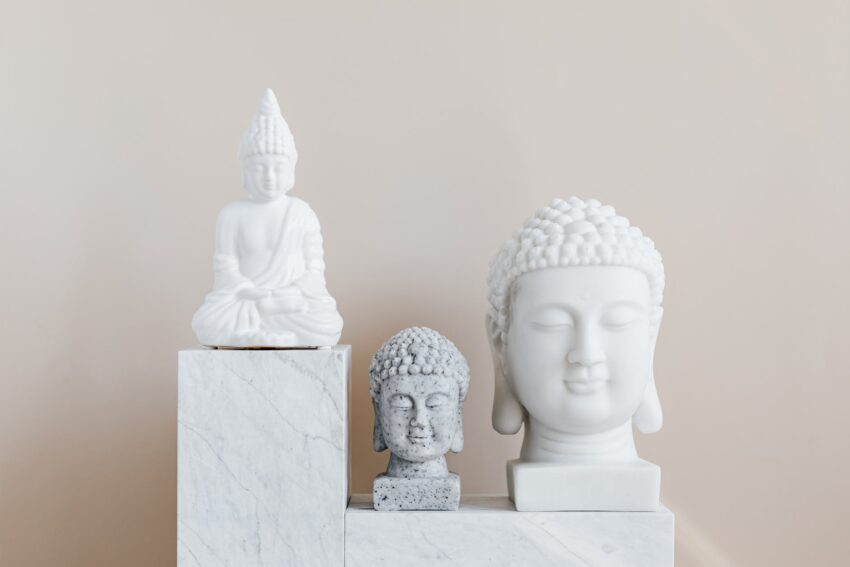The voyage into the kaleidoscopic realm of the mind has long been a fascination for humanity. For thousands of years, various cultures worldwide have experimented with mind-altering substances to achieve transcendental or mystical experiences. We explore the enthralling history of psychedelic substances, illuminating the deep ties between human spirituality, shamanism, rituals, and ethnobotany.
Archaeological findings and anthropological studies suggest that the use of psychedelic substances dates back to the earliest human societies. The archaeological sites in Africa contain petroglyphs and cave paintings depicting mushroom-like images, leading to theories that ancient tribes may have used psychedelic mushrooms as part of their spiritual practices. Similar usage of ‘magic mushrooms’ was also observed in indigenous traditions of the Mazatec Indians of Oaxaca, Mexico, with the sacred ‘Teonanácatl’ mushroom used as an entheogen during religious ceremonies (source link here).
Explorations into the ancient cultures of America reveal that other psychedelic plants like peyote and ayahuasca also hold a prominent place in their ceremonial practices. The peyote cactus, valued for its mescaline content, has been linked to the centuries-old spiritual practices of the native tribes of North America. The ayahuasca brew, a concoction of various Amazonian plants, plays an integral role in the shamanic traditions of South America, using it for healing and divination rituals (source link here).
In addition, historical texts from ancient India refer to a mysterious substance known as ‘Soma’. Highly revered as a god and consumed as a sacrament, Soma is presumed to have had psychedelic properties. However, the precise botanical identity of Soma remains a topic of debate among historians and ethnobotanists.
Moving on to ancient Greek culture, the Eleusinian Mysteries, an influential ritual celebration for the goddess Demeter and her daughter Persephone, centered around a psychoactive potion termed ‘Kykeon’. Some historians suggest that this potion might contain ergot, a fungus with LSD-like psychedelic properties (source link here), enabling initiates to experience divine visions.
In the 20th century, psychedelics have stepped out from the shadowy corners of ancient rituals to the bright light of modernity’s science laboratories. The accidental discovery of the psychedelic properties of LSD by Swiss chemist Albert Hoffman in 1943 marked a crucial turning point in the history of psychedelics (source link here). Since then, there has been increasing interest in understanding and leveraging psychedelic substances for their potential therapeutic benefits, giving rise to the field of psychedelic-assisted psychotherapy.
Despite their historical significance and potential benefits, the use of psychedelics has been contentious. In the 1960s and 1970s, the Western youth culture radically embraced psychedelics, leading to a moral panic and subsequent legal regulations which thwarted research endeavors into psychedelic substances for several decades.
However, the present scenario shows a promising upsurge in psychedelic research with the recognition that these substances, when used responsibly, might offer profound psychotherapeutic benefits. Several psychological conditions, such as post-traumatic stress disorder (PTSD), depression, and end-of-life anxiety, are being addressed using psychedelic-assisted therapy (source link here).
This journey through the history of psychedelics elucidates the intricate relationship between human cultures, spirituality, and psychoactive substances. From ancient tribal rituals to modern therapeutic practices, psychedelics have both mystified and intrigued us, urging us to reevaluate our understanding of the mind’s vast and untapped dimensions
